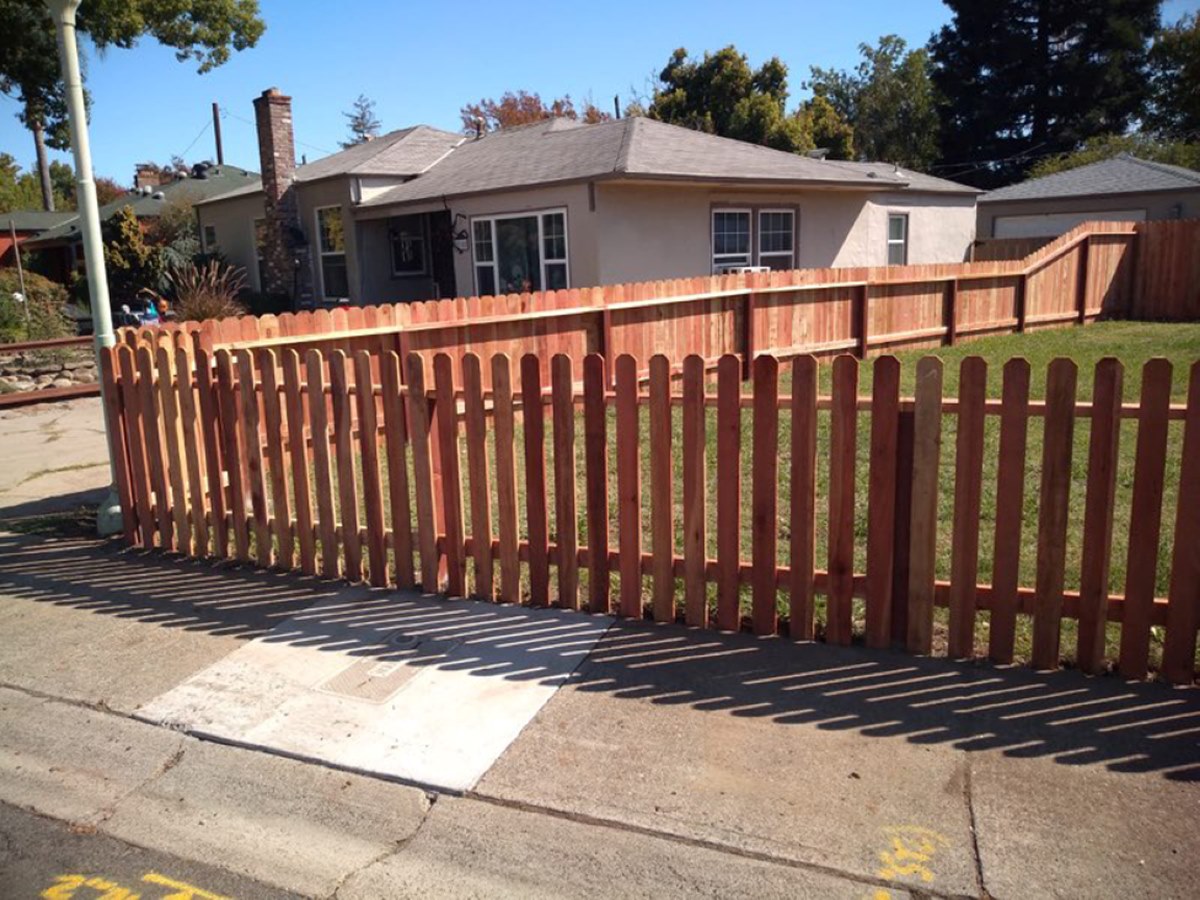

Articles
How Tall Can A Fence Be In California
Modified: August 27, 2024
Learn about the height restrictions for fences in California with informative articles. Discover how tall a fence can legally be and protect your privacy.
(Many of the links in this article redirect to a specific reviewed product. Your purchase of these products through affiliate links helps to generate commission for Storables.com, at no extra cost. Learn more)
Introduction
When it comes to installing a fence, there are several factors to consider, including height restrictions imposed by local and state laws. Whether you’re looking to add privacy, enhance security, or define boundaries, understanding the regulations surrounding fence height is essential. In the state of California, there are specific laws and regulations dictating the maximum allowable height for fences, both for residential and commercial properties.
In this article, we will explore the guidelines and restrictions regarding how tall a fence can be in California. We will delve into the relevant laws, exceptions, and considerations that property owners should be aware of before installing a fence. So, let’s dive in and find out what the fence height limits are in the beautiful Golden State.
Key Takeaways:
- In California, residential properties typically have a maximum fence height of six feet, while commercial properties may allow heights up to eight feet. However, it’s crucial to research local regulations and obtain necessary permits to avoid potential fines or modifications.
- Before installing a tall fence, property owners should consider factors such as property boundaries, materials, stability, and community impact. Engaging with local authorities, neighbors, and professionals can ensure a smooth and compliant installation process.
Read more: How Tall Can I Build A Fence
Relevant Laws and Regulations
In California, the laws regarding fence height are primarily governed by local jurisdictions and can vary from city to city. However, there are some general guidelines and regulations that apply across the state.
The California Building Code (CBC) provides standards for construction and safety regulations, including those for fences. According to the CBC, the maximum height allowed for a fence on residential properties is typically limited to six feet. This limitation is designed to maintain the aesthetics of neighborhoods and ensure that the fence does not obstruct visibility or create safety hazards.
It’s important to note that these height restrictions may not apply uniformly throughout the state. Some communities may have stricter regulations, especially in densely populated areas or areas with historic preservation requirements. Therefore, it is crucial to consult the local building department or zoning authority to determine the specific fence height limitations in your area.
When it comes to commercial properties, the maximum fence height allowance can be higher than that for residential properties. Again, this can vary depending on local regulations. In general, commercial fence heights can range from six to eight feet, but it is essential to check the specific rules and regulations set forth by your local authority.
It’s worth noting that these regulations typically apply to fences located in the front yard or street-facing side of the property. Fences installed in the backyard often have more lenient restrictions. However, it is best to double-check with your local authority to ensure compliance with all applicable rules.
Residential Fence Height Limits
Residential fence height limits in California are generally set at a maximum of six feet. This height restriction applies to fences located in the front yard or street-facing side of a property. The aim is to maintain the aesthetic appeal of neighborhoods while ensuring safety and visibility for pedestrians and drivers.
It’s essential to understand that in some communities, there may be additional limitations and restrictions on fence height to preserve the character of the neighborhood. These restrictions could be specific to historic preservation districts or areas with unique zoning regulations.
While the maximum height for residential fences is usually set at six feet, there may be some exceptions and variations. For example, if your property is adjacent to a busy road or highway, local authorities may require a lower fence height to ensure unobstructed visibility for drivers. Additionally, if your property shares a common boundary with a commercial property or multi-family housing, taller fencing might be allowed for privacy and security reasons.
It’s always advisable to consult with your local building department or zoning authority to determine the exact fence height limitations for your residential property. They can provide you with accurate and up-to-date information regarding any additional restrictions or exceptions that may apply in your area.
When planning to install a residential fence, it’s essential to adhere to the height limits set by local regulations. Failing to comply with these limits can result in code violations, fines, or the requirement to remove or modify the fence. Therefore, it’s always best to do your due diligence and obtain the necessary permits and approvals before beginning any fence installation project.
Commercial Fence Height Limits
Unlike residential properties, commercial properties in California often have more flexibility when it comes to fence height limits. While the specific regulations can vary depending on local jurisdictions, commercial fence height limits are generally set higher than those for residential properties.
In many areas, the maximum height for a commercial fence can range from six to eight feet. However, it’s crucial to check with your local building department or zoning authority to determine the exact regulations in your specific location. They will provide you with accurate information regarding any additional restrictions or variations that may apply.
Commercial properties often have unique considerations, such as the need for increased security, privacy, or noise reduction. These factors can justify taller fence heights to meet the specific requirements of the business. Additionally, commercial properties located in industrial areas may have different rules and regulations compared to those in residential or mixed-use areas.
When planning to install a commercial fence, it is advisable to work closely with a professional fence contractor who is familiar with the local regulations. They can help determine the maximum allowable height for your specific property and advise on the best materials and design that meet your needs and comply with the regulations.
Remember that obtaining the necessary permits and approvals is crucial when installing a commercial fence. Failure to comply with the height limitations or other relevant regulations can result in fines, penalties, or the need to remove or modify the fence.
Always consult with the appropriate authorities to ensure that your commercial fence meets all requirements and remains in compliance with local laws, ordinances, and building codes.
In California, the maximum height for a fence in the front yard is typically 3-4 feet, while in the backyard it can be up to 6-8 feet. Always check with local zoning laws and homeowner’s association regulations for specific height restrictions.
Exceptions and Variations
While there are general guidelines and regulations regarding fence height limits in California, there are also exceptions and variations that property owners should be aware of. These exceptions allow for flexibility in certain circumstances and accommodate specific needs or conditions.
One common exception is when a property owner wants to install a fence for security purposes. In such cases, local authorities may grant permission for a taller fence to provide enhanced privacy and protection. However, it’s essential to demonstrate a genuine need for increased security, and the decision ultimately rests with the local zoning authority.
In some instances, homeowners’ associations (HOAs) or neighborhood associations may have their own rules and regulations regarding fence height limits. These restrictions can often be more stringent than local ordinances. Before installing a fence, it’s crucial to review the HOA guidelines and obtain any necessary approvals or permits from them as well.
Historic preservation districts or areas with unique architectural or cultural significance may also have specific regulations governing fence height. These regulations aim to preserve the character and historical value of the neighborhood. If your property falls within such a district, it’s important to familiarize yourself with any additional restrictions or guidelines that may apply.
It’s worth noting that there may also be variations in fence height limits for specific property types. For example, multi-family housing complexes or commercial properties adjoining residential areas may have different height restrictions to balance privacy concerns and neighborhood aesthetics.
As the regulations surrounding exceptions and variations can vary from city to city and even within neighborhoods, it’s crucial to do thorough research and consult with the local zoning authority or building department. They can provide specific guidance based on your property’s location, desired fence design, and intended purpose.
Remember, obtaining the necessary approvals and permits before installing a fence is essential to avoid any potential legal issues or costly penalties. A professional fence contractor can also provide valuable guidance on navigating the exceptions and variations in fence height limits to ensure compliance with all applicable regulations.
Read more: How Tall Should Horse Fence Be
Permitting and Approvals
Before installing a fence in California, it is important to understand the permitting and approval process. This ensures that you comply with all necessary regulations and avoid potential fines or the need to modify or remove the fence in the future.
The specific requirements for permitting and approvals can vary depending on the jurisdiction and the type of property you have. Generally, for residential fences, a permit may not be required if the fence height is within the allowable limits set forth by local regulations.
However, it is always recommended to check with your local building department or zoning authority to confirm whether a permit is necessary. They can provide you with precise information on any required documentation, fees, and the application process.
For commercial properties or situations where the fence height exceeds the standard limits, obtaining a permit is typically mandatory. This process may involve submitting architectural plans or design drawings, along with any necessary supporting documents. It’s important to consult with a professional fence contractor experienced in commercial projects to ensure compliance with all regulations.
In addition to obtaining a permit, you may also need to seek approvals from other relevant entities. This can include homeowners’ associations, if applicable, or neighboring property owners who might be impacted by the installation of the fence. It is wise to engage in open communication with these parties to address any concerns or potential objections before proceeding with the project.
Failure to obtain the necessary permits and approvals can result in penalties, code violations, or even legal action. It’s essential to adhere to all local regulations and guidelines to ensure the proper installation of your fence and maintain a positive relationship with your community.
By taking the time to understand the permitting and approval requirements beforehand, you can navigate the process smoothly and ensure compliance with all applicable regulations. Working with a reputable fence contractor who is familiar with the local requirements can also help streamline the process and minimize potential complications.
Considerations for Installing Tall Fences
Installing a tall fence on your property can provide increased privacy, security, and aesthetic appeal. However, there are several important considerations to keep in mind before undertaking such a project:
1. Local Regulations: Ensure that the proposed fence height is within the limits set by local regulations. Familiarize yourself with any restrictions, exceptions, or variations that may apply in your area.
2. Permits and Approvals: Check whether a permit is required for installing a tall fence. Obtain the necessary permits and approvals from the local building department or zoning authority to avoid legal complications.
3. Property Boundaries: Clearly identify your property boundaries before installing a fence. Consult a professional surveyor to ensure your fence is placed within your property lines and does not encroach on neighboring lots or easements.
4. Neighbor Considerations: Communicate with your neighbors about your plans for installing a tall fence. Be mindful of any potential impacts on their views, sunlight, or property rights. Addressing concerns beforehand can help maintain positive community relations.
5. Fence Materials: Choose the right materials for your tall fence based on durability, aesthetics, and maintenance requirements. Consider options such as wood, vinyl, metal, or composite materials, and select weather-resistant materials for long-term functionality.
6. Foundation and Stability: Ensure that the foundation of your tall fence is strong and stable. Consider factors such as soil conditions, wind exposure, and seismic activity to determine the appropriate support structures, anchoring methods, and reinforcement.
7. Wind and Privacy: Tall fences can create wind tunnels and affect airflow around your property. Consider the impact on neighboring properties and take measures to mitigate the effects by incorporating spaces or lattice patterns for improved wind passage.
8. Maintenance and Upkeep: Understand the maintenance requirements of a tall fence. Depending on the materials used, regular inspections, cleaning, repairs, and refinishing may be necessary to keep the fence in excellent condition and maintain its structural integrity.
9. Landscaping Integration: Integrate the tall fence design with your existing landscaping. Consider how the fence will complement or enhance the overall aesthetic appeal of your property and whether additional landscaping features may be needed.
10. Lighting and Security: Incorporate appropriate lighting elements, such as outdoor fixtures or motion sensor lights, to ensure visibility and security along the fence line. Consult with a professional electrician to ensure proper installation and adherence to electrical safety codes.
By carefully considering these factors, you can ensure that your tall fence installation proceeds smoothly and meets your desired outcome. Consulting with professionals such as fence contractors, surveyors, and electricians can provide valuable insight and guidance throughout the process.
Conclusion
Understanding the regulations and considerations surrounding the height of fences in California is essential for property owners looking to install a fence. Compliance with local laws not only ensures the aesthetics and safety of neighborhoods but also helps maintain positive community relations.
In California, residential fence height limits generally range around six feet, but it’s important to check with local jurisdictions for specific regulations. Commercial properties often have more flexibility, allowing for taller fence heights of up to eight feet, depending on the location and zoning requirements.
Exceptions and variations exist in certain circumstances, such as for properties requiring increased security or for historic preservation districts. It’s crucial to research and consult with the appropriate authorities to understand any additional restrictions or guidelines applicable to your specific location.
Before installing a fence, it’s essential to obtain any necessary permits and approvals. Failure to comply with these requirements can result in fines, penalties, or the need to modify or remove the fence. Engaging with neighbors and homeowners’ associations, when applicable, can help address concerns and ensure a harmonious installation process.
Considerations for installing tall fences include property boundaries, materials, foundation and stability, wind and privacy factors, maintenance requirements, landscaping integration, and lighting and security measures. By taking these factors into account, property owners can make informed decisions and create fences that enhance privacy, security, and the overall aesthetic appeal of their properties.
In conclusion, whether you are a residential or commercial property owner in California, understanding the regulations and considerations for fence height is crucial. By staying informed, obtaining permits, and adhering to local guidelines, you can ensure a successful and compliant fence installation that meets your needs while respecting the community around you.
Frequently Asked Questions about How Tall Can A Fence Be In California
Was this page helpful?
At Storables.com, we guarantee accurate and reliable information. Our content, validated by Expert Board Contributors, is crafted following stringent Editorial Policies. We're committed to providing you with well-researched, expert-backed insights for all your informational needs.
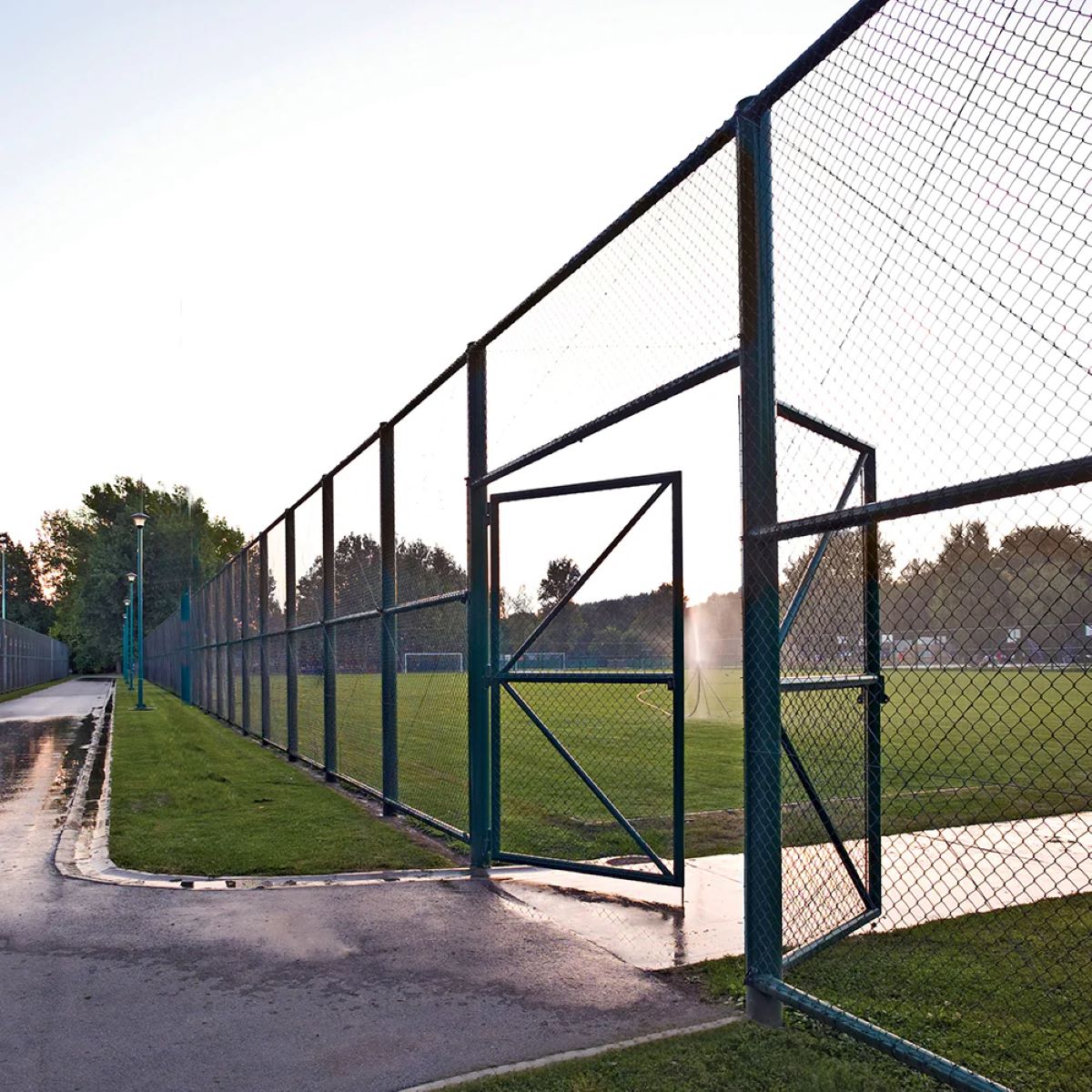

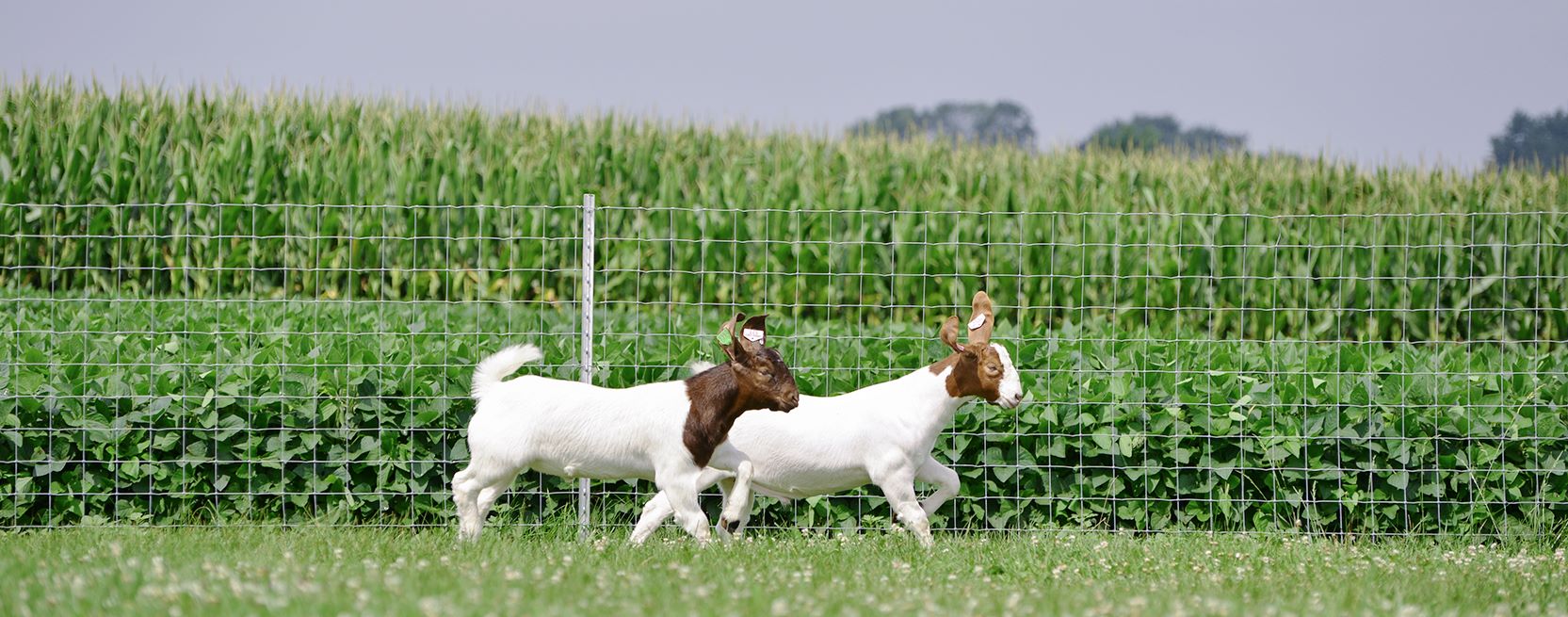
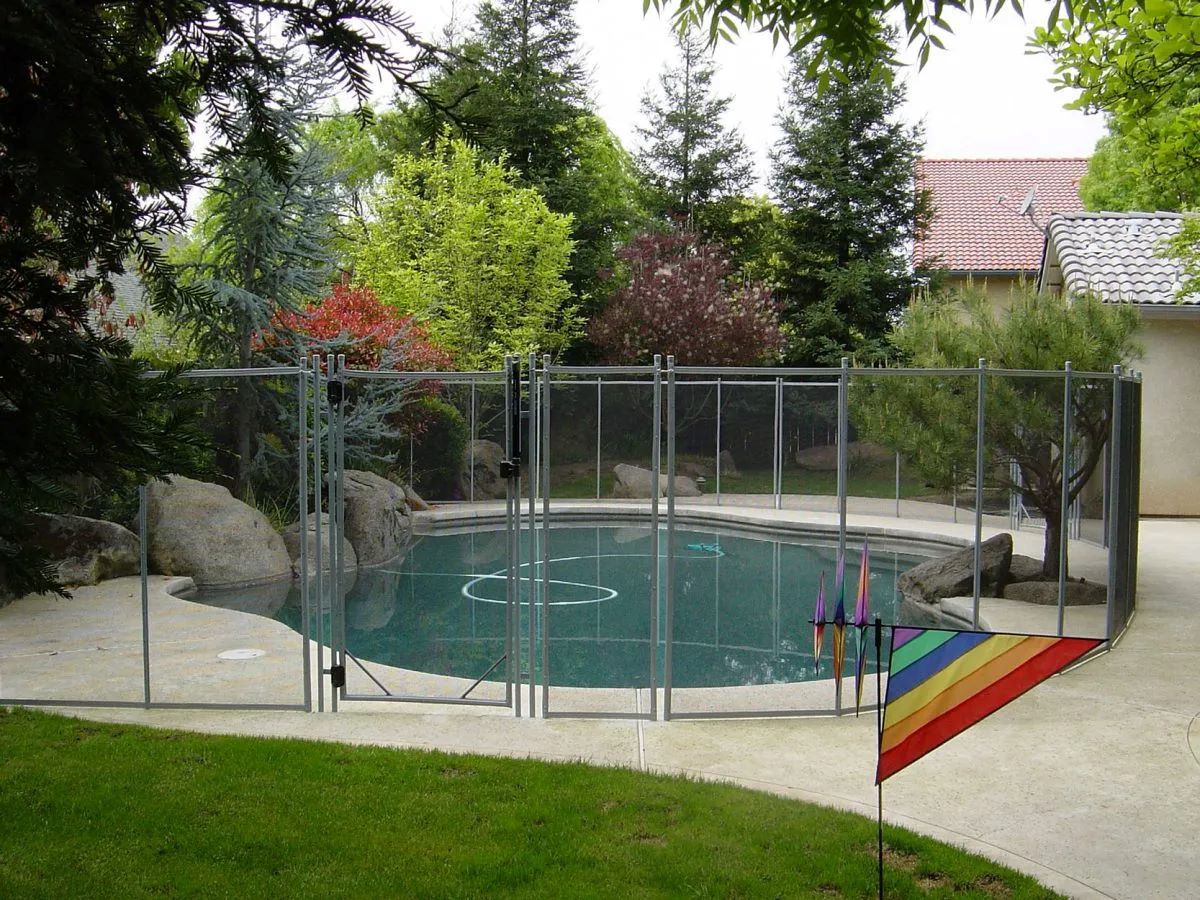
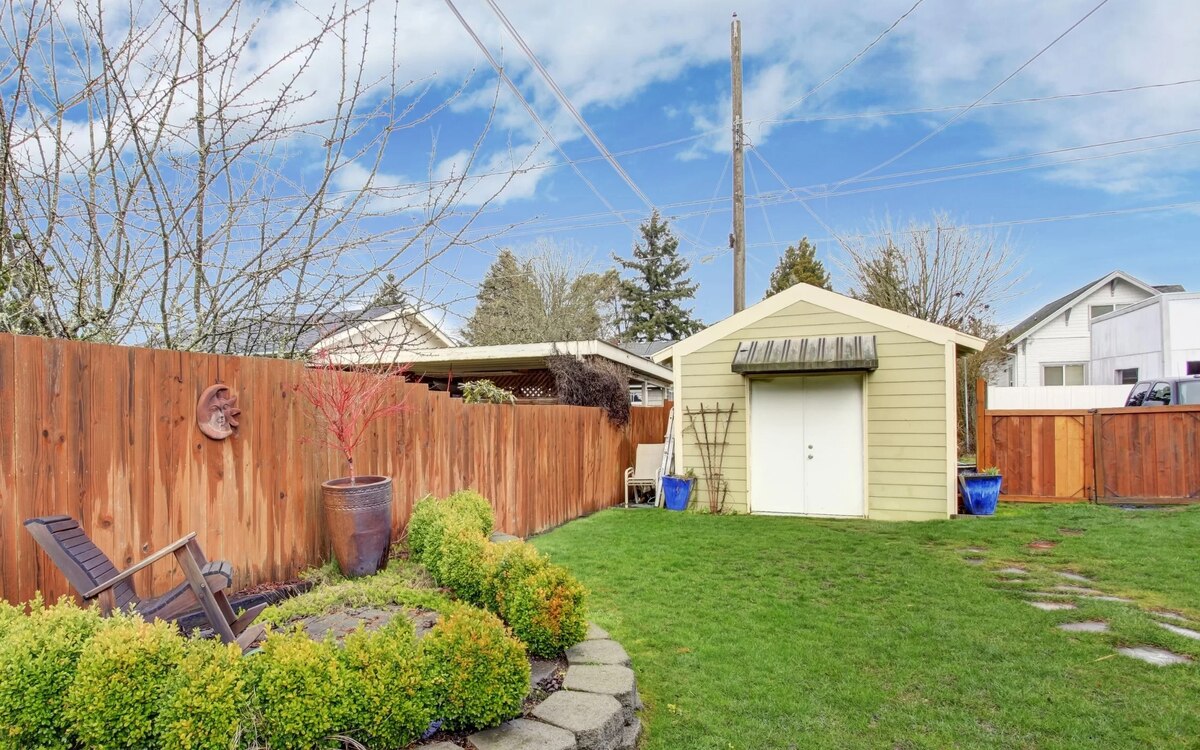
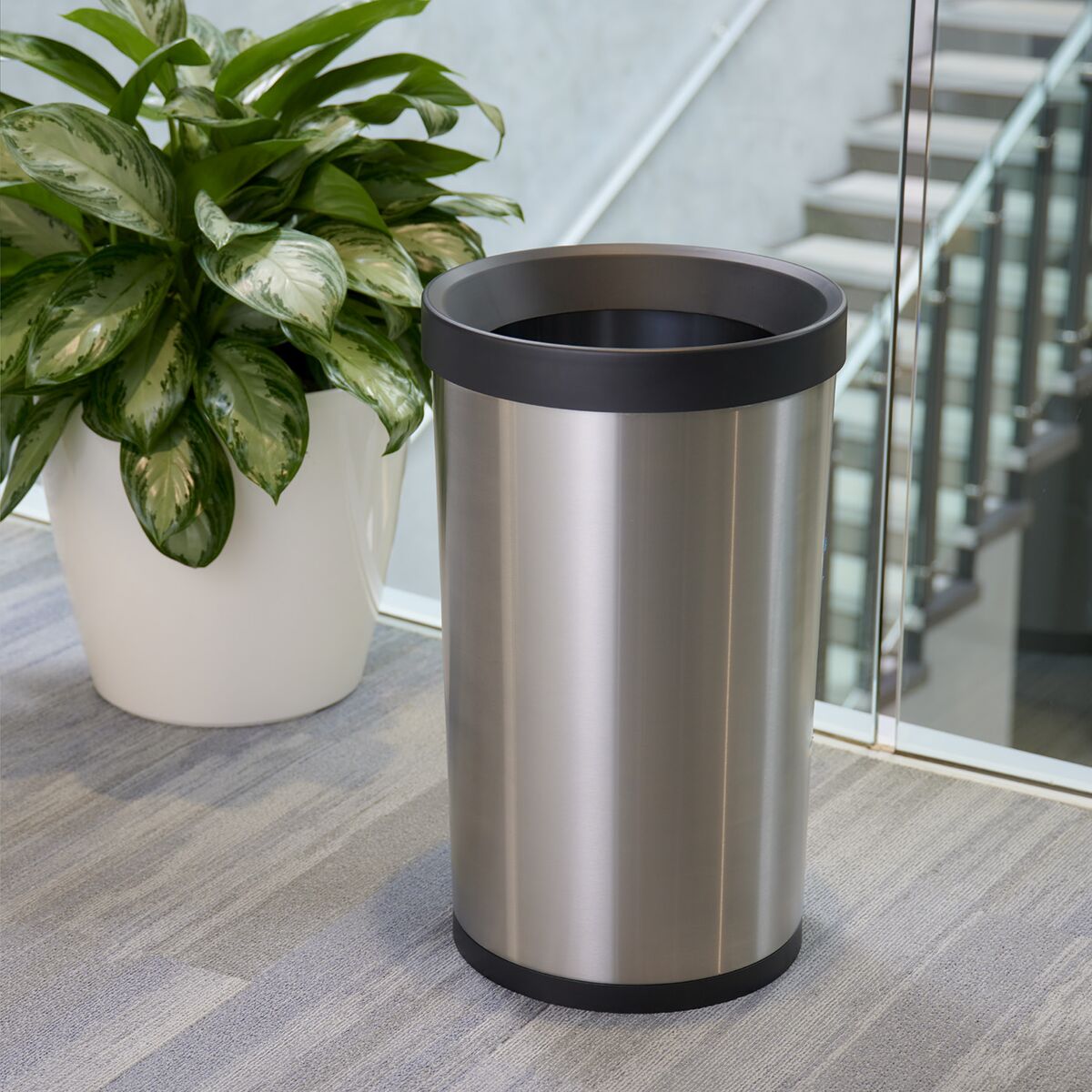
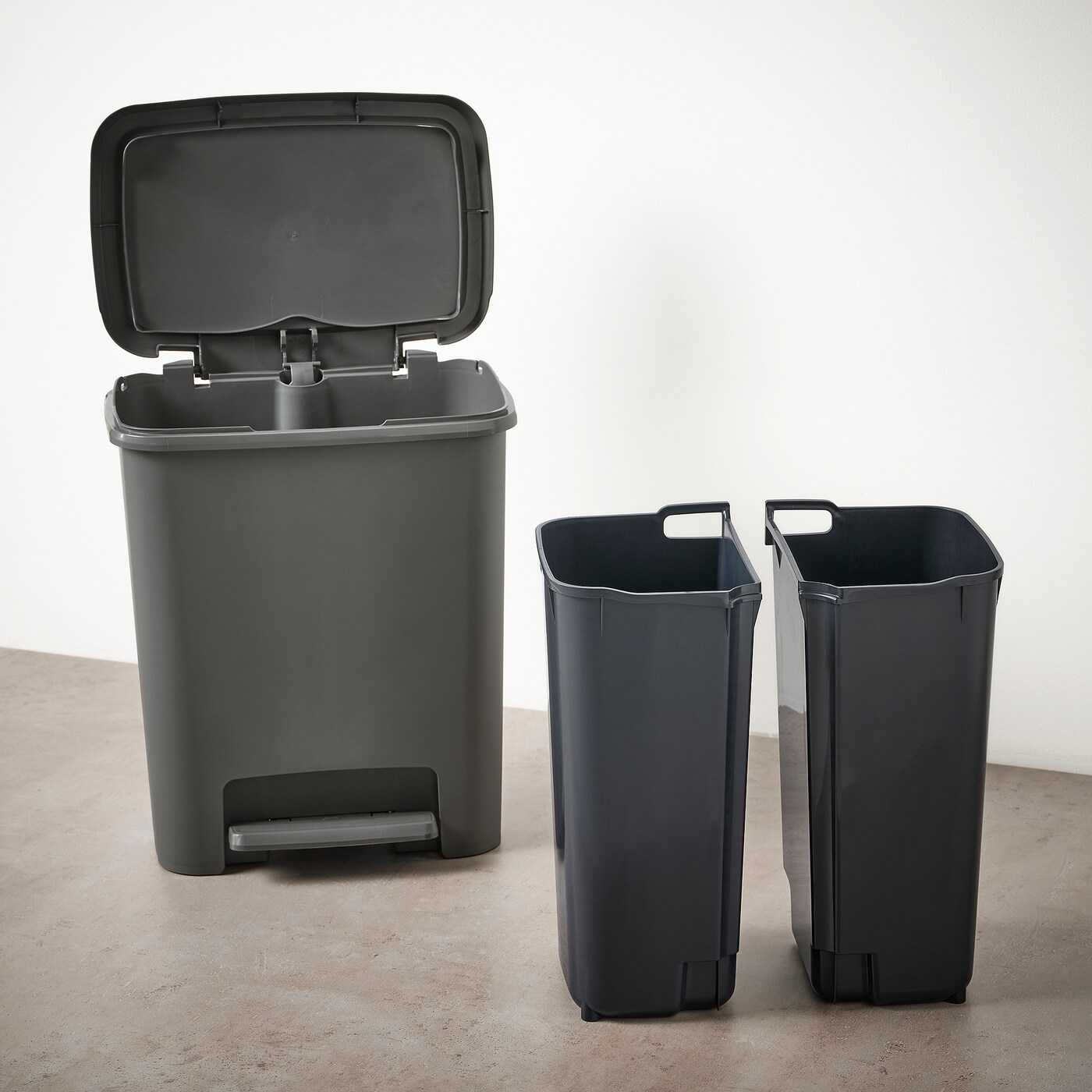


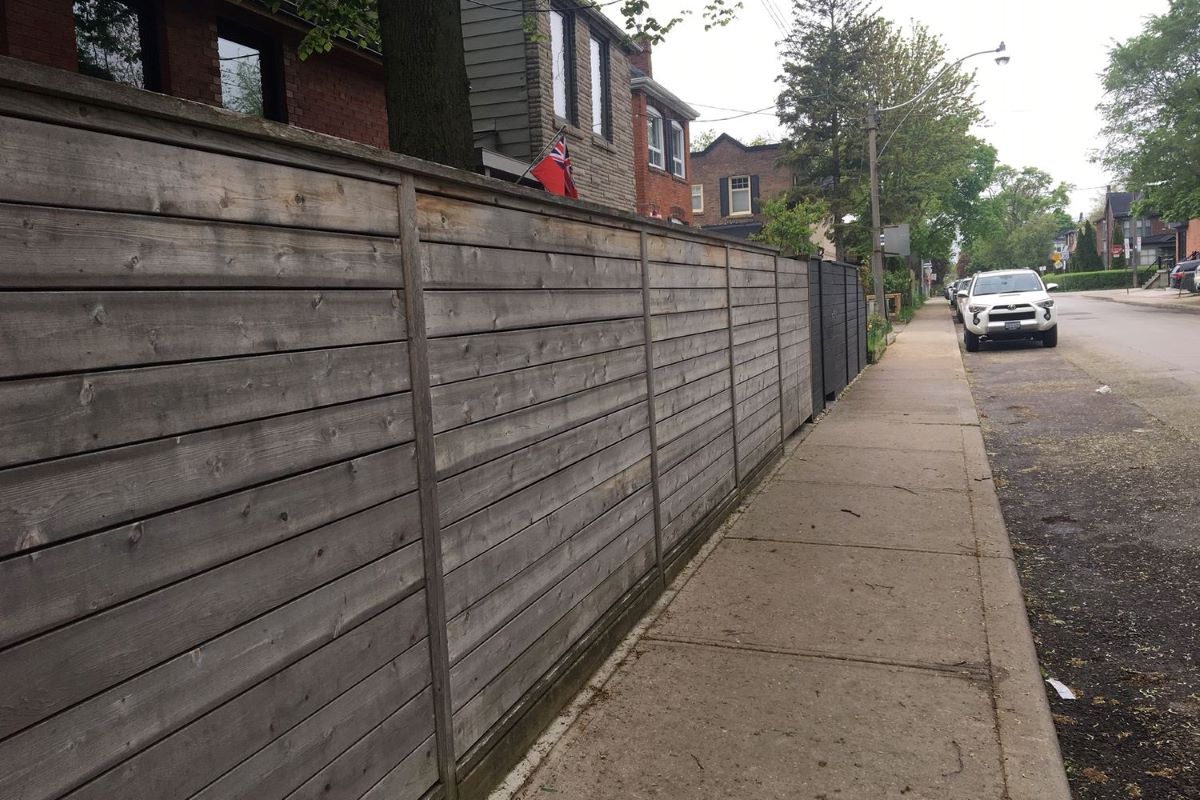

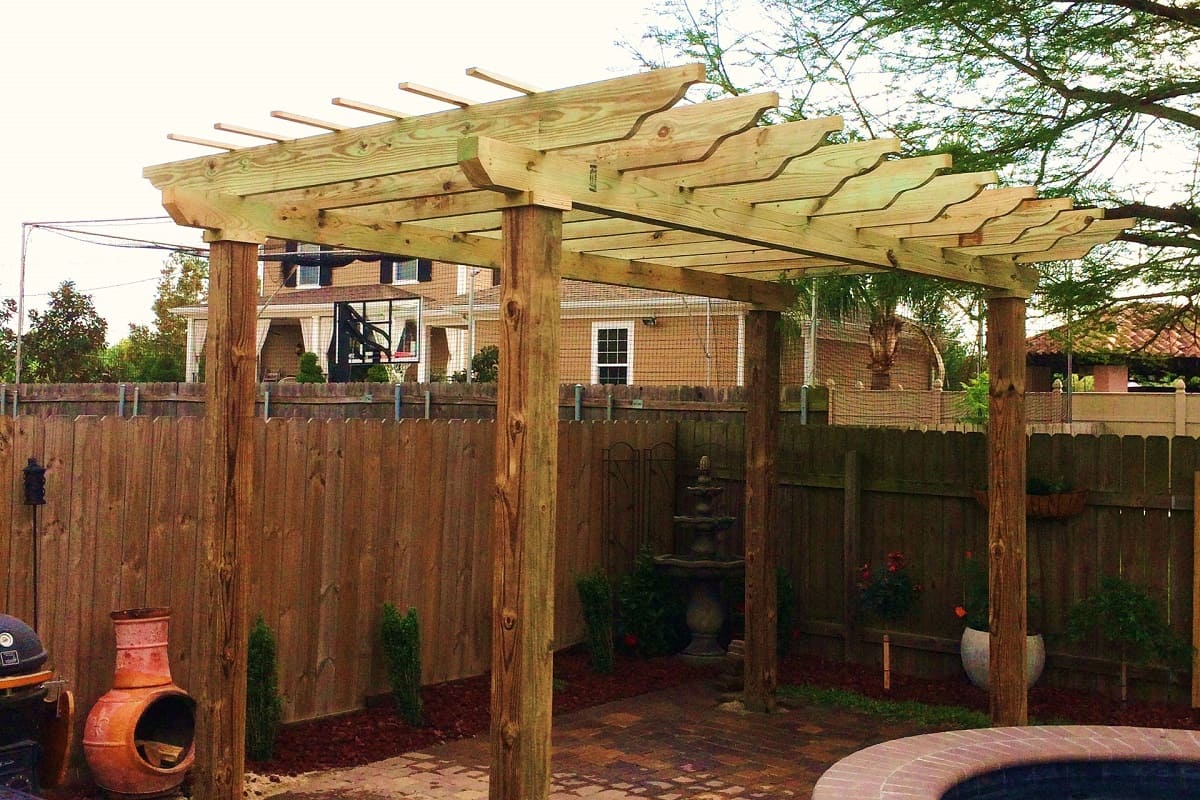



0 thoughts on “How Tall Can A Fence Be In California”